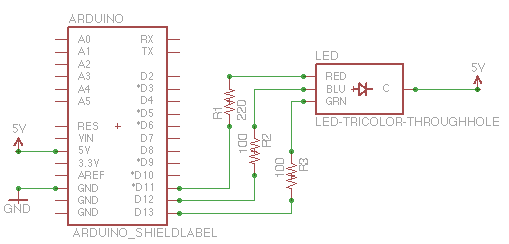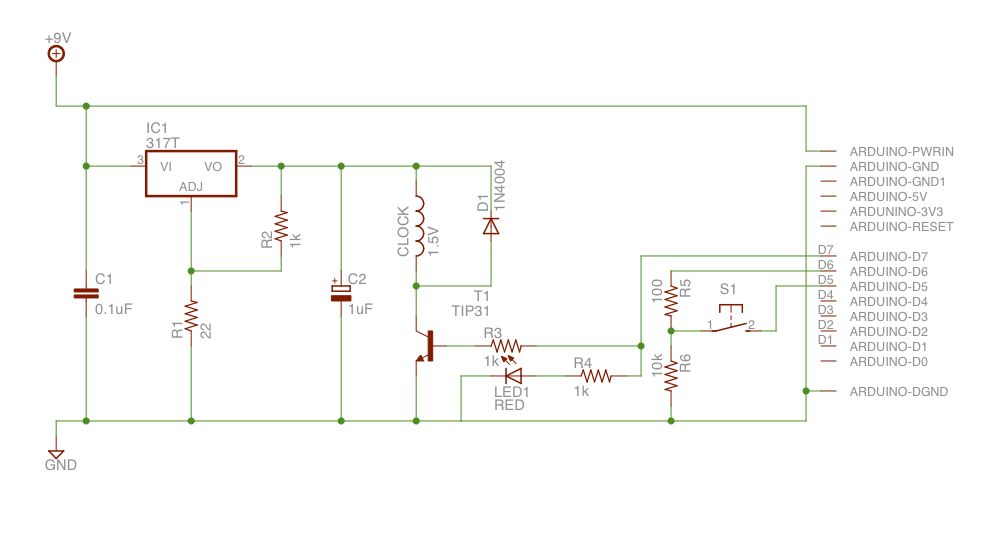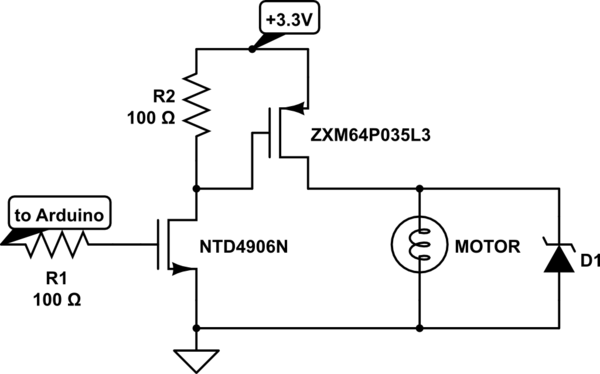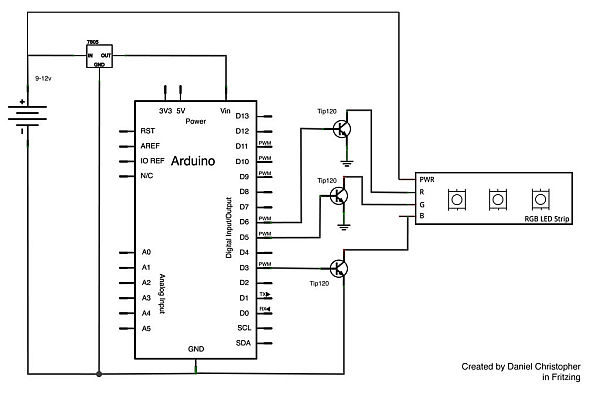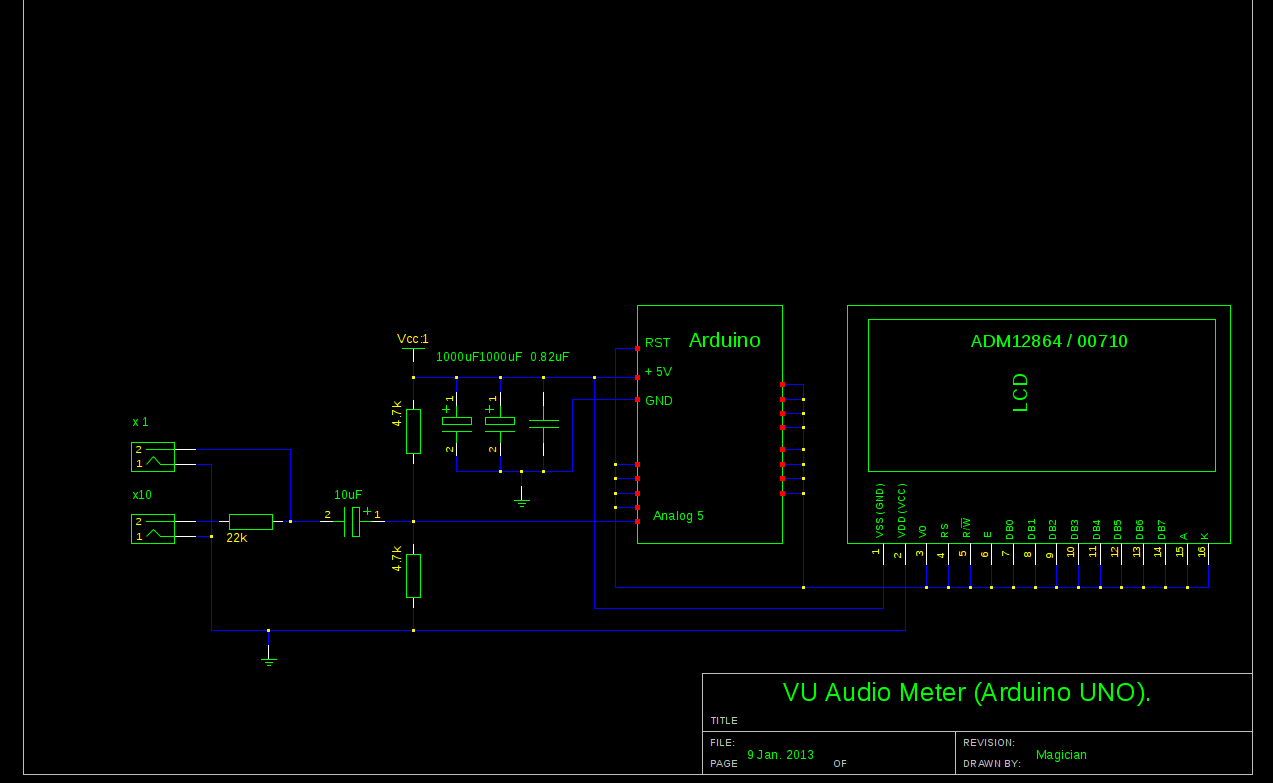
GPS datalogging shield for Arduino
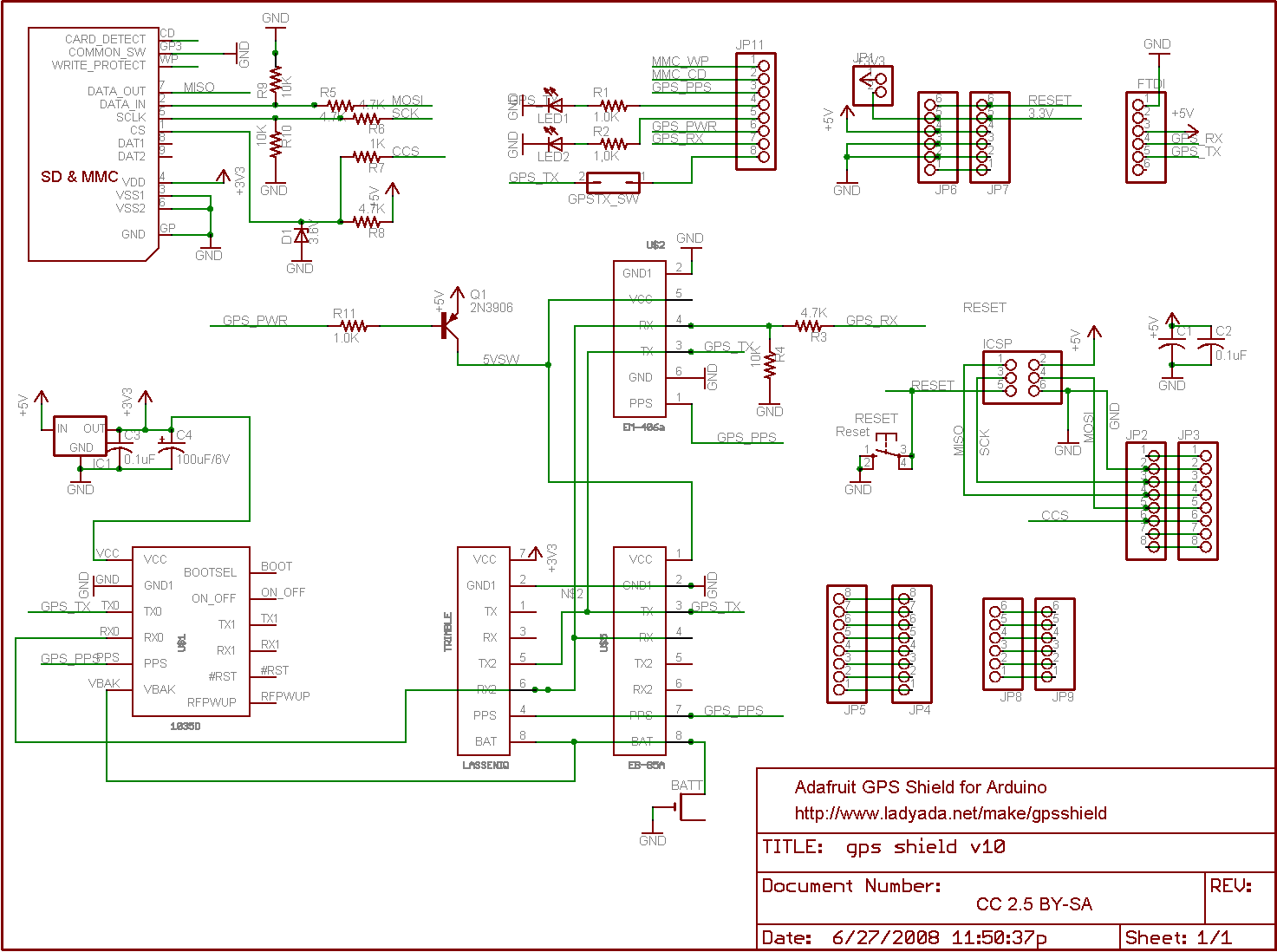
The SD library integrated into the Arduino IDE has replaced this code. Its only advantage is that it can fit and operate on an ATmega168 Arduino, making it potentially useful for users unable to upgrade. For all other cases, it is recommended to utilize the newer code provided above.
The SD library within the Arduino IDE serves as a robust tool for interfacing with SD cards, enabling users to read and write files seamlessly. This library simplifies the process of data storage and retrieval, making it essential for projects that require logging or managing data on external memory.
The ATmega168 microcontroller, which is commonly used in earlier Arduino models, has limited resources compared to its successors. Despite its constraints, the SD library is designed to be lightweight enough to function on this platform, albeit with reduced performance. Users working on projects with the ATmega168 may find this library beneficial when upgrading to a newer microcontroller is not feasible.
For optimal performance and enhanced features, users are encouraged to adopt the latest version of the SD library available in the Arduino IDE. The newer versions include improvements such as better memory management, increased compatibility with different SD card types, and additional functions that streamline file handling. Transitioning to the updated library not only enhances project capabilities but also ensures better support and documentation, making it easier for developers to implement advanced functionalities in their designs.
In conclusion, while the older code may serve a niche purpose for specific applications on the ATmega168, the SD library's newer iterations are recommended for most projects to leverage the full potential of the Arduino platform.This has been supplanted by the SD library built into the Arduino IDE. The only good thing about it is that it will (barely) fit and run into a `168 Arduino so if you happen to be stuck with a `168 and can`t upgrade, this code may be handy. Otherwise, please use the newer code above 🔗 External reference
The SD library within the Arduino IDE serves as a robust tool for interfacing with SD cards, enabling users to read and write files seamlessly. This library simplifies the process of data storage and retrieval, making it essential for projects that require logging or managing data on external memory.
The ATmega168 microcontroller, which is commonly used in earlier Arduino models, has limited resources compared to its successors. Despite its constraints, the SD library is designed to be lightweight enough to function on this platform, albeit with reduced performance. Users working on projects with the ATmega168 may find this library beneficial when upgrading to a newer microcontroller is not feasible.
For optimal performance and enhanced features, users are encouraged to adopt the latest version of the SD library available in the Arduino IDE. The newer versions include improvements such as better memory management, increased compatibility with different SD card types, and additional functions that streamline file handling. Transitioning to the updated library not only enhances project capabilities but also ensures better support and documentation, making it easier for developers to implement advanced functionalities in their designs.
In conclusion, while the older code may serve a niche purpose for specific applications on the ATmega168, the SD library's newer iterations are recommended for most projects to leverage the full potential of the Arduino platform.This has been supplanted by the SD library built into the Arduino IDE. The only good thing about it is that it will (barely) fit and run into a `168 Arduino so if you happen to be stuck with a `168 and can`t upgrade, this code may be handy. Otherwise, please use the newer code above 🔗 External reference
